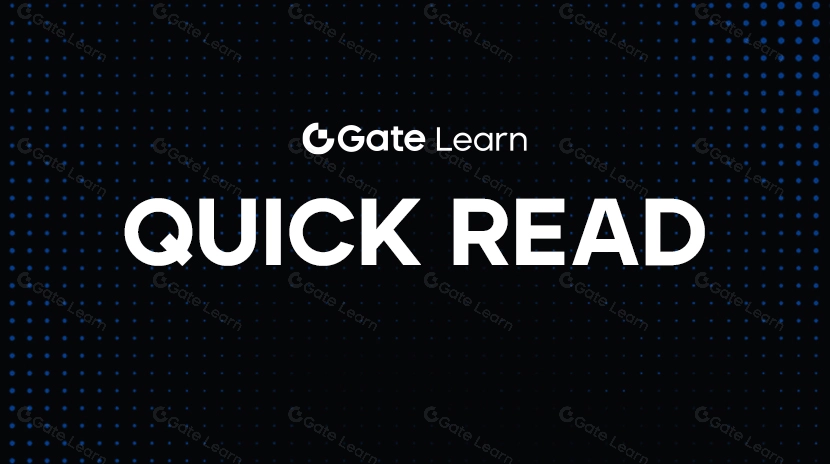$EOS (EOS): Sebuah Tinjauan Komprehensif tentang Blockchain Berkinerja Tinggi yang Mendorong Masa Depan Aplikasi Terdesentralisasi
Jaringan EOS adalah platform blockchain sumber terbuka yang telah membedakan dirinya sebagai salah satu protokol yang paling dapat diskalakan, fleksibel, dan ramah pengembang di industri. Sebagai platform blockchain generasi ketiga yang didukung oleh Mesin Virtual EOS dan mesin WebAssembly yang dapat diperluas, EOS memungkinkan transaksi yang hampir tanpa biaya yang memungkinkan pengembang untuk membangun aplikasi terdesentralisasi (dApps) yang canggih dengan mudah. Dalam artikel ini, kami menjelajahi secara mendalam apa itu Jaringan EOS, apa yang membuatnya unik, bagaimana cara mengamankan ekosistemnya, dan tokenomika dan kinerja pasar yang berkembang.

Sumber Gambar: Twitter X
Apa Itu Jaringan EOS?
Jaringan EOSEOS adalah jaringan Delegated Proof of Stake (DPoS) di mana pemegang token — bukan penambang — memegang kekuatan dengan mendelagasikan kepemilikan mereka untuk memilih operator node. Model tata kelola ini memastikan bahwa kontrol didistribusikan di antara semua peserta daripada terkonsentrasi di tangan beberapa orang.
EOS secara luas diakui sebagai salah satu mata uang digital yang paling dapat diskalakan dan dapat diprogram di pasar. Para pengembang tertarik pada EOS karena ekosistemnya yang kaya, yang mencakup berbagai alat, sumber daya pendidikan, dan komunitas yang mendukung yang mempromosikan transparansi, keterbukaan, dan akuntabilitas. Baik Anda sedang membangun dApps kompleks, terlibat dalam keuangan terdesentralisasi (DeFi), atau menciptakan pengalaman Web3 inovatif, EOS menawarkan dasar yang diperlukan untuk mewujudkan ide-ide Anda.
Apa yang Membuat EOS Unik?
Jaringan EOSmenonjol karena beberapa alasan:
Blockchain Generasi Ketiga: EOS adalah blockchain generasi ke-3 Layer 1 yang menggabungkan latensi rendah dengan throughput tinggi, memungkinkan interaksi real-time dan finalitas transaksi yang hampir instan.
Delegated Proof of Stake (DPoS): Tidak seperti blockchain tradisional yang bergantung pada penambang, EOS menggunakan DPoS. Pemegang token mendelegasikan kekuatan suara mereka kepada operator node terpercaya, memastikan bahwa jaringan tetap terdesentralisasi sambil mempromosikan efisiensi.
Kontrak Pintar yang Dapat Diperluas: Mesin Virtual EOS dan mesin WebAssembly-nya menawarkan kemampuan kepada pengembang untuk menulis kontrak pintar kustom yang kuat dan fleksibel. Hal ini membuka peluang tak terbatas untuk inovasi di berbagai sektor, mulai dari gaming hingga DeFi.
Pertumbuhan Didorong oleh Komunitas: EOS memiliki salah satu komunitas yang paling tangguh dan terlibat dalam ruang blockchain. Pemegang token bekerja sama erat dengan pengembang dan pemimpin ekosistem untuk mendorong pertumbuhan, transparansi, dan akuntabilitas.
RAM EOS: Tulang Punggung Penyimpanan On-Chain
Salah satu komponen penting dari ekosistem EOS adalah EOS RAM—sumber daya terbatas yang penting untuk menyimpan data pada blockchain. Sama seperti real estat digital, RAM langka, dapat dimiliki, dan memainkan peran penting dalam mempertahankan mesin negara terdesentralisasi yang EOS jalankan. Sejak diluncurkan pada tahun 2018, RAM EOS telah menjadi aset strategis bagi proyek-proyek blockchain, sering dianggap sebagai investasi dalam infrastruktur digital. Pembaruan tokenomika terbaru menyediakan 350 juta EOS untuk RAM, dengan 35 juta digunakan untuk pembelian RAM programatik dan 315 juta dialokasikan untuk kegiatan pembuatan pasar untuk daftar RAM di pertukaran terdesentralisasi (DEXs) dan pertukaran terpusat (CEXs).
Tokenomics dan Kasus Penggunaan
Pemegang token EOS menikmati berbagai manfaat dan utilitas dalam ekosistem EOS. Token EOS berfungsi sebagai klaim pro-rata atas sumber daya jaringan dan hak pemerintahan. Ini sangat penting untuk:
Membangun dan Mendeploy dApps: Pengembang menggunakan EOS untuk mengakses sumber daya jaringan, mendeploy kontrak pintar, dan membuat aplikasi terdesentralisasi yang membutuhkan kinerja yang kuat dan biaya transaksi rendah.
Governance: Pemegang token EOS mendelegasikan saham mereka untuk memilih produsen blok, sehingga berpartisipasi dalam tata kelola dan arah jaringan.
Akses ke Layanan Jaringan: Token EOS dapat digunakan untuk membeli sumber daya seperti RAM, CPU, dan NET, yang diperlukan untuk menjalankan dApps dan melakukan transaksi.
Koordinasi Ekosistem: Selain fungsi teknisnya, EOS memfasilitasi upaya koordinasi seperti peningkatan konsensus Mandel dan menyediakan basis pengetahuan yang kaya dan dukungan teknis bagi pengguna.
Visi Jaringan EOS untuk memberdayakan “Web3 dengan Kecepatan Pengalaman” bertujuan untuk memungkinkan interaksi yang mulus dan koneksi real-time yang memberdayakan para pencipta, pengembang, dan pengguna untuk membentuk masa depan aplikasi terdesentralisasi.
Keamanan Jaringan EOS: Kepercayaan Melalui Tata Kelola Delegasi
Keamanan di ekosistem EOSdijaga melalui model Delegated Proof of Stake (DPoS). Inilah cara kerjanya:
Token Holder Delegation: Pemegang token EOS mengalihkan token mereka untuk memilih produsen blok yang bertanggung jawab atas validasi transaksi dan mempertahankan integritas jaringan.
Klaim Pro-Rata: Token EOS mewakili klaim atas sumber daya jaringan dan hak tata kelola, memastikan bahwa setiap pemegang token memiliki saham dalam masa depan jaringan.
Sistem Operasi Terdesentralisasi: EOS dikelola oleh organisasi otonom terdesentralisasi (DAO), yang berarti bahwa kekuasaan dan kontrol didistribusikan di antara semua peserta daripada terpusat.
Pengurangan Pusat Pemusatan Penambang: DPoS membantu mencegah konsolidasi kekuatan yang terlihat dalam sistem Proof of Work (PoW) tradisional, memastikan bahwa peserta yang lebih kecil tidak didorong keluar oleh entitas dengan sumber daya komputasi yang sangat besar.
Performa Harga dan Perbandingan Pasar
Selama 7 hari terakhir, EOS telah mengalami kenaikan harga yang signifikan sebesar 15,60%, mengungguli pasar kriptokurensi global yang naik sebesar 2,70%, dan aset serupa seperti yang ada di Indeks Coinbase 50, yang tetap datar. Kinerja ini menegaskan posisi pasar yang tangguh EOS dan kemampuannya untuk mempertahankan keunggulan kompetitif di lanskap yang berubah dengan cepat.
Yayasan Jaringan EOS: Tata Kelola yang Dipimpin oleh Komunitas
Titik balik signifikan dalam sejarah EOS terjadi pada 25 Agustus 2021, ketika produsen blok EOS mencapai konsensus untuk mendirikan Yayasan Jaringan EOS (ENF). Langkah ini efektif menghapus Block.one dari operasi sehari-hari EOS dan memungkinkan komunitas, dipimpin oleh tokoh seperti Yves La Rose (CEO ENF) dan Ted Cahall (COO ENF), mengambil kendali pertumbuhan jaringan. ENF adalah organisasi nirlaba yang didedikasikan untuk mengkoordinasikan dukungan finansial dan non-finansial guna mendorong pengembangan Jaringan EOS. Ini berdiri sebagai pusat utama untuk inisiatif yang dipimpin komunitas, membantu mengarahkan EOS menuju masa depan yang ditandai oleh desentralisasi dan inovasi.
Rebranding ke Vaulta: Menyambungkan DeFi dan Keuangan Tradisional
Dalam perubahan strategis untuk lebih mengintegrasikan blockchain dengan keuangan tradisional, EOS telah berganti merek menjadi Vaulta. Identitas baru ini menekankan peran jaringan yang diperluas dalam perbankan Web3 dengan memfasilitasi kontrak pintar dengan finalitas transaksi satu detik dan kemampuan lintas rantai. Vaulta bertujuan untuk mengintegrasikan DeFi dengan perbankan tradisional, berfokus pada manajemen kekayaan dan aset dunia nyata yang ter-tokenisasi. Upaya rebranding ini menandai evolusi yang signifikan, mencerminkan komitmen EOS untuk meningkatkan sinergi blockchain dan keuangan.
Perkembangan terbaru menunjukkan bahwa blockchain EOS juga sedang berhadapan dengan serangan pemalsuan alamat, di mana akun palsu meniru platform perdagangan yang dikenal. Meskipun menghadapi tantangan ini, EOS tetap menjadi platform yang tangguh, dan pergerakan harga terbaru mencerminkan ketangguhannya:
Dalam satu contoh, harga EOS bergerak +0.89% menjadi $0.58 dengan volume perdagangan sebesar $268.11 juta.
Di titik lain, harga EOS melonjak +17,71% menjadi $0,58 dengan peningkatan volume perdagangan sebesar 702,42% menjadi $509,25 juta.
Acara pasar tambahan termasuk Bullish yang didukung EOS mendapatkan lisensi aset virtual di Hong Kong dan pengadilan AS menahan Binance bertanggung jawab atas melakukan transaksi EOS tanpa terdaftar, yang menyebabkan berbagai fluktuasi harga.
EOS: Arsitektur Blockchain dan Kemampuannya
EOS adalah arsitektur blockchain baru yang dikembangkan oleh Block.one. Desainnya memungkinkan untuk:
Akun dan Otentikasi Identitas: Memungkinkan identifikasi pengguna yang aman dan efisien.
Database dan Komunikasi Asynchronous: Memfasilitasi penyimpanan data berkinerja tinggi dan pesan real-time.
Penjadwalan Program pada Ratusan CPU atau Klaster: Memungkinkan untuk mengeksekusi tugas-tugas kompleks di seluruh jaringan terdistribusi.
EOS bertujuan untuk mendorong batas kinerja aplikasi terdistribusi, memberdayakan pengembang untuk menciptakan solusi yang dapat diskalakan, efisien, dan inovatif yang sebelumnya tidak mungkin dilakukan di platform lain.
Data Pasar EOS dan Metrik Token
EOS terus menjadi pemain penting di ruang blockchain. Berikut adalah metrik pasar kunci:
Market Cap: $846.9 juta
Pasokan Beredar: 1,52 miliar token EOS
Tanggal Rilis: 1 Juli 2017
Harga Penawaran: $1.06
Tertinggi Sepanjang Masa: $22.71 (tercatat pada 29 April 2018)
Terendah Sepanjang Masa: $0.4027 (tercatat pada 4 November 2024)
Suplai Maksimum: 2,10 miliar token EOS
Fully Diluted Kapitalisasi Pasar: $1.17 miliar
Total Pasokan: 2,10 miliar token EOS
Market Cap/Total Circulating Ratio: 72.23%
Jumlah Bursa yang Terdaftar: 55
Sentimen Pasar: Positif
Metrik ini menunjukkan kehadiran pasar EOS yang solid dan peran abadinya sebagai pondasi bagi aplikasi terdesentralisasi.
(Semua data valid pada saat penulisan, 21 Maret 2025)
Pendiri EOS dan Anggota Kunci Tim
EOS didirikan oleh beberapa pemimpin visioner yang terus mempengaruhi ruang blockchain:
Daniel Larimer: Salah satu dari para pendiri, yang visinya sangat penting dalam pembuatan EOS.
Brendan Blumer: Seorang rekan pendiri yang berpengaruh lainnya, berkontribusi pada arah strategis keseluruhan EOS.
Ian Grigg dan Block Pierce: Keduanya memainkan peran penting dalam membentuk perkembangan awal dan adopsi EOS.
Yayasan Jaringan EOS, yang didirikan berdasarkan konsensus komunitas pada tahun 2021, telah memungkinkan jaringan dikendalikan oleh kepemimpinan yang didorong oleh komunitas. Hari ini, tokoh-tokoh kunci seperti Yves La Rose (CEO ENF) dan Ted Cahall (COO ENF) memimpin inisiatif yang mendorong pertumbuhan jaringan dan keterlibatan komunitas.
Investor dan Dukungan Institusional
EOS telah mendapatkan dukungan signifikan dari investor institusional. Investor terkemuka termasuk:
DWF Labs
Rantai Modal
Dukungan mereka, yang digabungkan dengan teknologi yang tangguh dari EOS dan tata kelola yang dipimpin oleh komunitas, telah berkontribusi pada kinerja pasar yang stabil dan pengembangan yang terus berlanjut.
Menjelajahi Ekosistem EOS
EOS bukan hanya sebuah blockchain; ini adalah ekosistem yang hidup yang menyelenggarakan berbagai aplikasi terdesentralisasi. Dari platform DeFi dan proyek GameFi hingga NFT dan DAO, EOS menyediakan infrastruktur bagi inovator untuk membangun dan memperluas solusi mereka. Ekosistem EOS dikenal karena kecepatannya, rendahnya latensi, dan kemudahan penggunaan, menjadikannya platform ideal bagi pengembang dan pengguna.
Bagaimana Membeli $EOS Di Gate.com
Langkah 1: Daftar untuk sebuah Akun
Mulailah dengan mengunjungi Gate.comdan klik "Daftar" untuk membuat akun Anda. Masukkan alamat email Anda, buat kata sandi yang aman, dan ikuti petunjuk pendaftaran.
Langkah 2: Lengkapkan Verifikasi KYC
Untuk memastikan akun Anda aman dan mematuhi regulasi global, lengkapi proses Mengenal Nasabah (KYC). Ini biasanya melibatkan pengiriman ID yang dikeluarkan pemerintah dan mungkin selfie. Verifikasi yang tepat meningkatkan keamanan akun Anda dan membuka fitur perdagangan penuh.
Langkah 3: Menyetor Dana
Setelah akun Anda diverifikasi, deposit dana ke dompet Gate.com Anda. Anda dapat menggunakan berbagai metode, seperti transfer bank, kartu kredit atau debit, atau bahkan cryptocurrency lainnya. Pastikan Anda menyetor dana yang cukup untuk menutupi investasi yang diinginkan serta biaya yang berlaku.
Langkah 4: Temukan $EOS
Di bagian perdagangan platform, gunakan bilah pencarian untuk menemukan $EOS. Gate.com biasanya mencantumkan $EOS dengan berbagai pasangan perdagangan, seperti $EOS/USDT. Tinjau harga pasar saat ini dan pilihan pesanan yang tersedia sebelum melanjutkan.
Langkah 5: Tempatkan Pesanan Anda
Tentukan apakah akan menempatkan pesanan pasar atau pesanan batas. Pesanan pasar akan dieksekusi segera pada harga saat ini, sementara pesanan batas memungkinkan Anda menetapkan harga sendiri. Masukkan jumlah $EOS yang ingin Anda beli, tinjau detail pesanan dengan cermat, dan kemudian konfirmasi transaksi.
Langkah 6: Amankan Investasi Anda
Setelah membeli $EOS, disarankan untuk mentransfer dana Anda ke dompet pribadi yang aman. Dompet hardware, seperti Ledger atau Trezor, memberikan keamanan yang kuat dengan menyimpan aset Anda secara offline. Sebagai alternatif, dompet software terpercaya juga dapat digunakan untuk menyimpan $EOS Anda secara aman.
Kesimpulan: EOS sebagai Masa Depan Aplikasi Terdesentralisasi
Jaringan EOS tetap berada di garis depan inovasi blockchain dengan menggabungkan kemampuan teknis canggih dengan komunitas terdesentralisasi yang kuat. Mekanisme konsensus DPoS-nya, sumber daya pengembang yang luas, dan model tata kelola yang dipimpin komunitas membedakannya dari platform lain. Dengan kehadiran pasar yang kuat, metrik token yang mengesankan, dan visi strategis yang jelas-termasuk perubahan mereknya menjadi Vaulta untuk integrasi perbankan Web3-EOS siap untuk melanjutkan perannya sebagai penyokong kunci masa depan yang terdesentralisasi.
Secara ringkas, $EOS (EOS) lebih dari sekadar mata uang digital—ini adalah pondasi di mana banyak aplikasi terdesentralisasi dibangun. Dengan infrastruktur yang memiliki kinerja tinggi, dapat diskalakan, dan pendekatan yang didorong oleh komunitas, EOS memberdayakan pengembang untuk menciptakan solusi revolusioner sambil memastikan bahwa pemegang token secara aktif berpartisipasi dalam pertumbuhan dan tata kelolaannya. Saat ekosistem berkembang dan jaringan terus berevolusi, EOS siap untuk menghadapi tantangan dari ekonomi digital modern, memberikan pengalaman yang mulus bagi pengguna dan pengembang di seluruh dunia.
Penyangkalan: Investasi cryptocurrency membawa risiko. Selalu lakukan penelitian mendalam sebelum berinvestasi.
Artikel Terkait
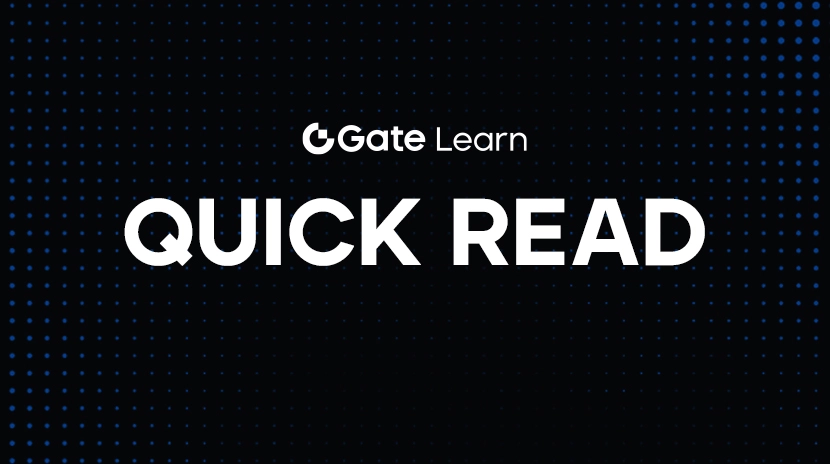
Analisis Mendalam Kebijakan Tarif Trump 2025
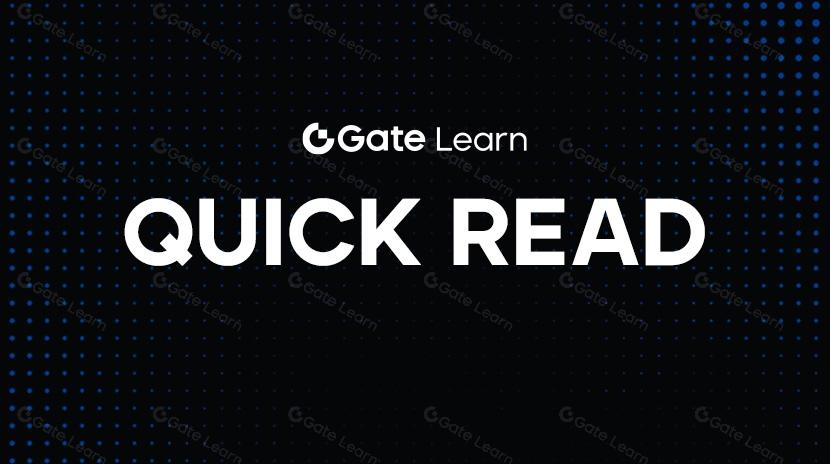
Apa Itu ZEREBRO: Sistem Inovatif yang Menembus Batasan Pembuatan Konten AI
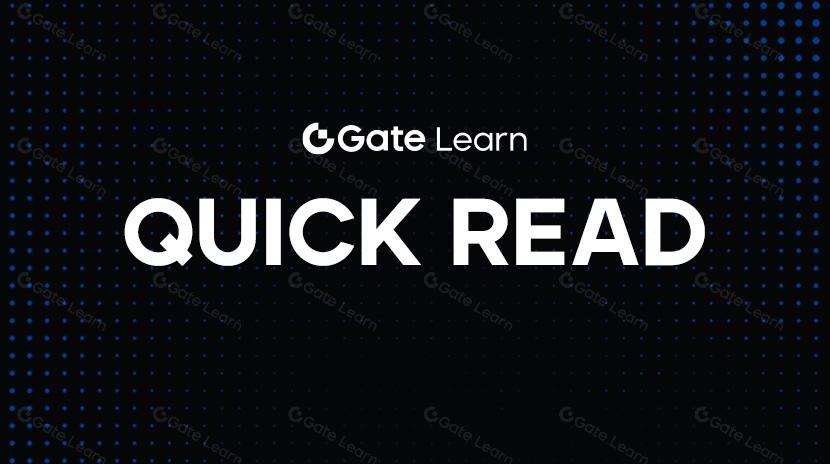
Fartcoin: Naiknya Seri AI Agent MEME Raja Baru
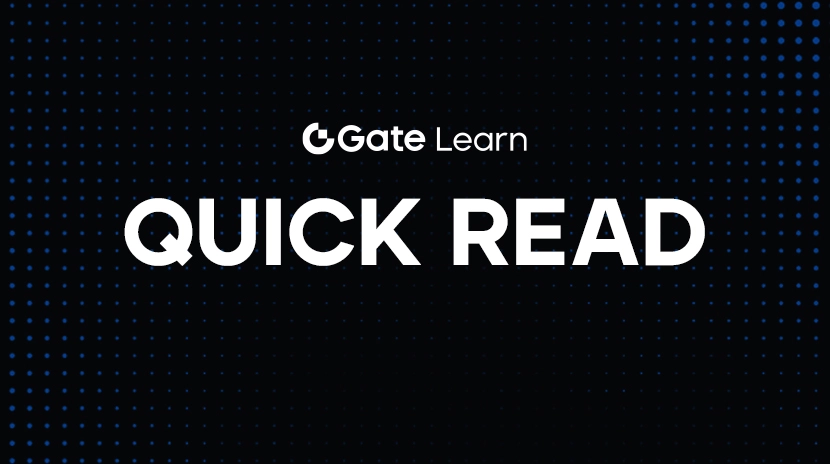
Prediksi Harga XRP: Analisis Tren Masa Depan dan Peluang Investasi
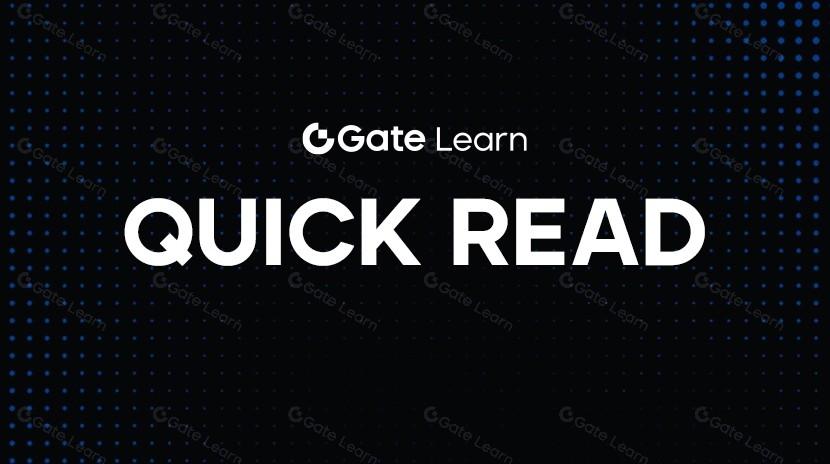
Pahami koin Baby doge dalam satu artikel
